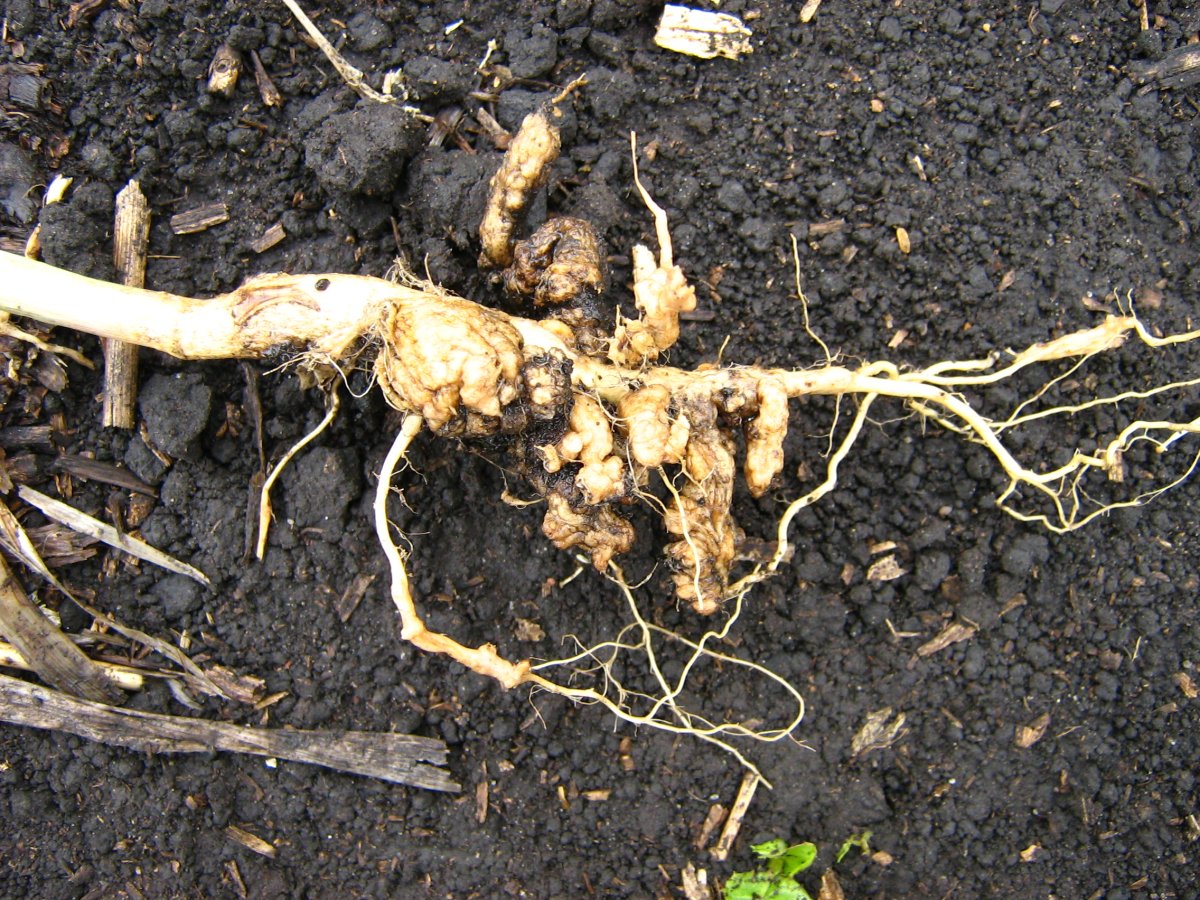The number of canola fields in Saskatchewan where clubroot was identified increased during 2021.

Clubroot is a declared pest in Saskatchewan and was first detected in the province in 2008.
Visible symptoms of clubroot were identified in five commercial fields during the year, bringing the total to 80 since 2017.
The clubroot pathogen DNA was detected in soil samples from nine fields, for a total of 38 fields in the province.
The Saskatchewan government said the results are compiled annually through surveys, reports and samples submitted by producers and agrologists.
“The Ministry of Agriculture is dedicated to early detection, tracking and managing clubroot,” Agriculture Minister David Marit said Monday in a statement.
“This protects our producers, landowners and our strong canola market.”
In 2021, more than 750 fields in 200 rural municipalities were examined for the clubfoot survey.
Landowners of fields with visible clubroot symptoms or fields with the presence of the pathogen DNA were contacted and the locations shared with the appropriate RM office if they have enacted a clubroot-specific bylaw and visible symptoms were present.
The province said specific land locations are not shared publicly to protect the privacy of producers.
The disease can restrict the plant’s ability to obtain water and nutrients, causing up to 50 per cent crop loss.
Saskatchewan Agriculture and SaskCanola continued to encourage producers to submit soil samples for testing during the year, with 100 samples sent in for testing during the year.
“Ongoing clubroot surveying in Saskatchewan is critical for early detection and diligent management,” said Bernie McClean, chair of the SaskCanola board of directors.
“We continue to invest levy dollars into the provincial clubroot survey program to help farmers manage this disease with evidence and data.”
Sask Ag said the goal of the tests is to detect the pathogen when spore levels are low to minimize the impact on canola yields.
Ministry officials also recommend a proactive and science-based clubroot management strategy including the use of clubroot-resistant canola varieties, with a minimum three-year rotation.
They said extended crop rotation can help minimize yield loss while protecting the effectiveness of clubroot-resistant canola varieties.





Comments